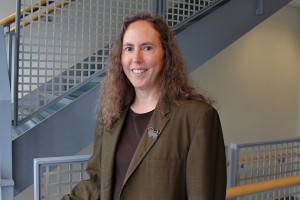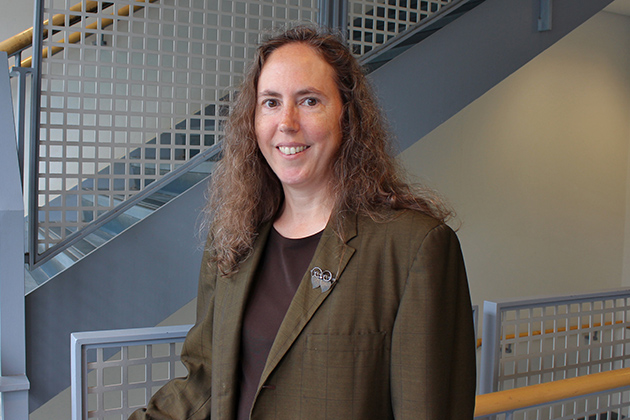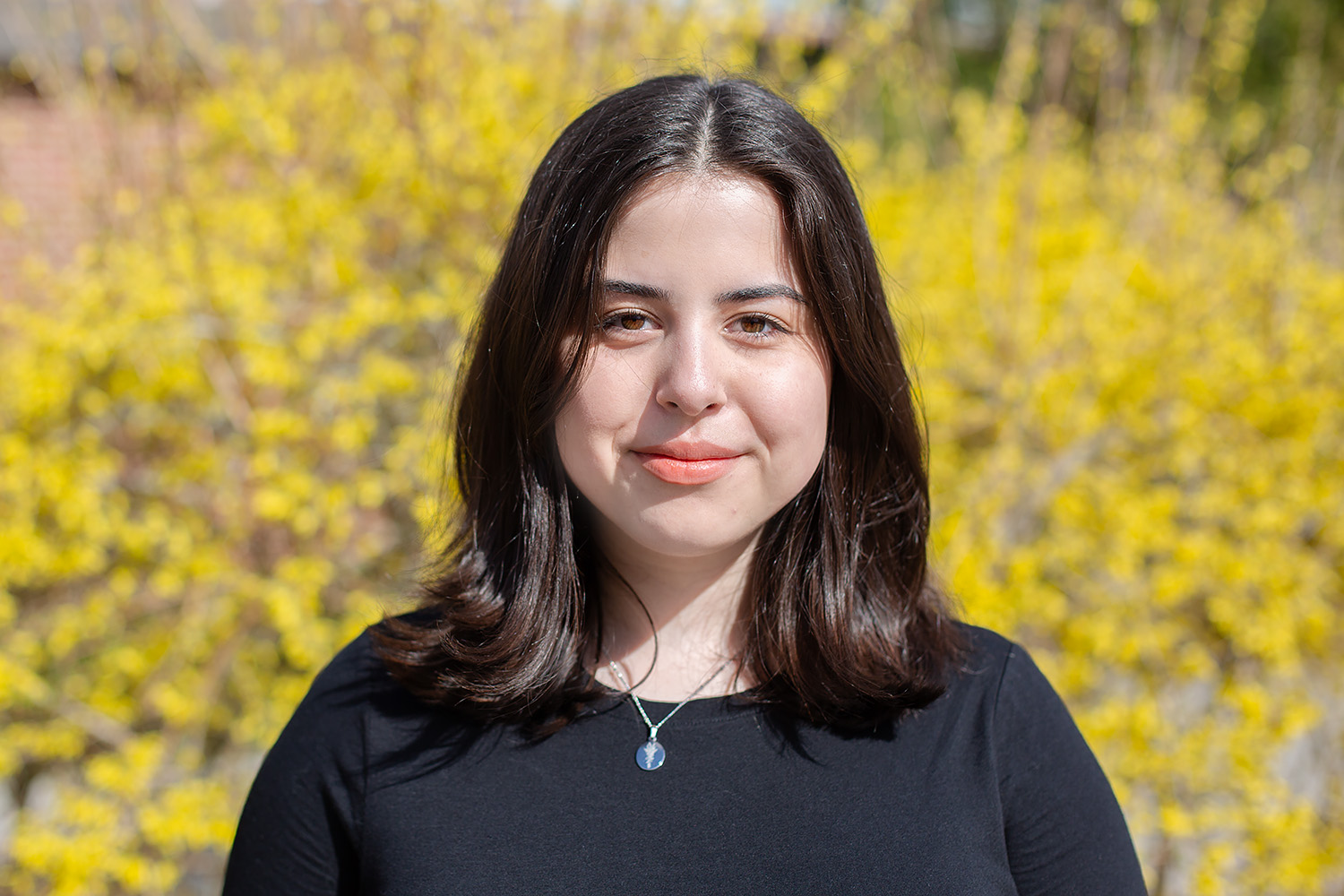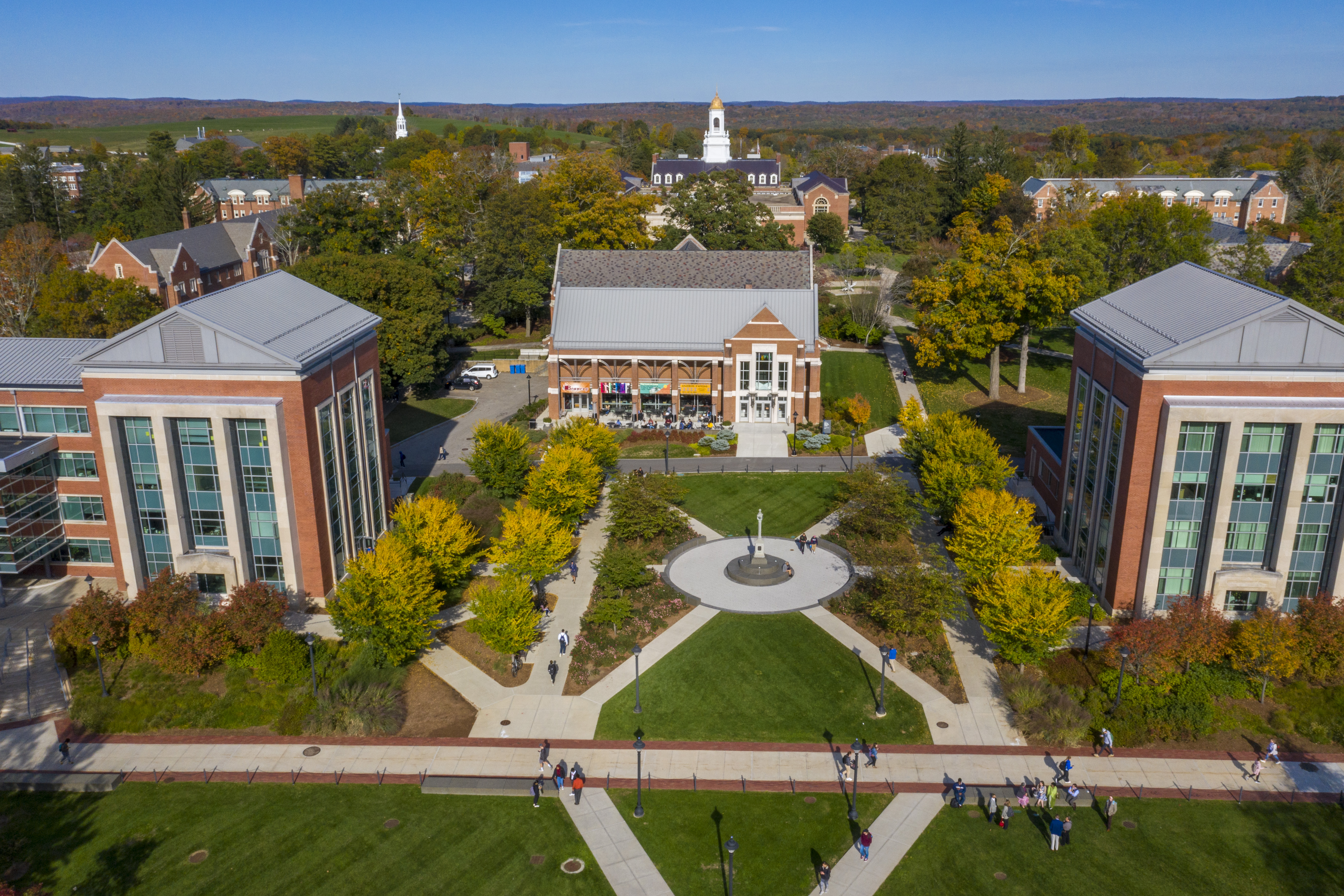
Last week, the United States Supreme Court issued two historic decisions surrounding gay marriage: both Proposition 8, which prohibited same-sex marriage in California, and the Defense of Marriage Act, which prohibited the federal government from issuing spousal benefits to same-sex couples, were rendered unconstitutional.
We sat down with Mary Bernstein, professor of sociology and co-editor of The Marrying Kind?: Debating Same-Sex Marriage within the Lesbian and Gay Movement (University of Minnesota Press 2013), to discuss the same-sex marriage debate. Although the decisions are considered victories within the LGBT community, the LGBT community continues to debate the significance of marriage equality to their cause.
What inspired your book, The Marrying Kind?
We wanted to answer the question of why there is a vocal minority in the LGBT community who believe that same-sex marriage is not an appropriate goal for the movement. We also wanted to understand the history of the marriage equality movement, how the debates have played out in different states across the country, what strategies the movement has used to effect change, and what has been the impact of same-sex marriage on LGBT people, the public, and the law.
What are the critiques of same-sex marriage?
Many of the concerns about marriage have existed since the 1970s, during which time there was extreme homophobia. People were routinely fired from their jobs, thrown out of their families, and could lose their housing for being gay or lesbian. What emerged was an idea that gay and lesbian people should aspire to more egalitarian relationships, and that multiple types of family forms should be supported. More recently, there has been a critique of marriage as an avenue for receiving benefits like health insurance.
Another concern comes from a feminist critique of marriage, which is that marriage has historically been a disadvantage to women. Most of those legal disadvantages are gone, but the tax structure still favors more traditional families where only one partner works.
Finally, there is a concern about assimilation. Same-sex marriage may split the community so that a portion of the population, such as gay or lesbian single parents and people who choose not to marry, will be left behind or considered not normal.
What effects have these critiques had within the LGBT movement?
Some people argue that the same-sex marriage movement has taken away time and attention from other important issues. For example, transgendered individuals are subject to violent hate crimes, and there are very few laws that protect them from discrimination. Bullying is another big issue. Instead the focus has been on marriage, which is considered by some to be more of a middle-class issue. Still, I don’t think that this debate has dampened mobilization around marriage equality at all. In at least some states, like Connecticut, that have passed same-sex marriage, other organizations exist to address transgender issues and issues relevant to LGBT youth.
What further research are you working on now?
I recently submitted an article that is co-authored by [UConn colleagues] Nancy Naples, sociology professor and director of the women’s, gender, and sexuality studies program, and Brenna Harvey, a graduate student in sociology. The study looks at why gay and lesbian couples marry at disparate rates, and we found that an important factor is having children, which is more common for lesbian couples. In some Northern European countries that recognized same-sex couples in domestic partnerships relatively early, it was more difficult for same-sex couples to form legal relationships with their children. There were more gay couples than lesbian couples marrying in that region because of this. In the United States, we see more gender parity or stronger lesbian majorities, in part because we passed co-parent adoption before same-sex marriage.
What effects do you think the recent U.S. Supreme Court rulings will have on the marriage equality movement?
Even skeptics who want no part in the marriage movement still see it as an important victory. The United States v. Windsor decision regarding the Defense of Marriage Act is important because now the federal government will recognize marriages performed in the states where it is legal. But the recent rulings did not make same-sex marriage the law across the country. Until there is complete marriage equality, this will continue to be the main issue for the LGBT movement. Furthermore, critics of marriage are also concerned that, once same-sex marriage is resolved, people will mistakenly think that complete equality has been achieved. My book and other research suggest that this is not the case.
What trends do you expect to see regarding same-sex marriage in the near future?
What I expect is an initially high rate of same-sex marriage, because there is a pent up demand of couples that have been together for five, 10, 15 years who now have the opportunity to get married. Most likely, those rates will level off to resemble heterosexual marriage rates. I also expect that younger people may be more likely to marry because they have grown up with this being the most important civil rights issue in the LGBT community. I have spoken to older individuals who do not have children or have children who are grown, and they wonder how marriage would change the value of their long-term relationships. But for younger people, marriage is the marker of equality.
Read Bernstein’s recent interviews in USA Today and in the Hartford Courant.



